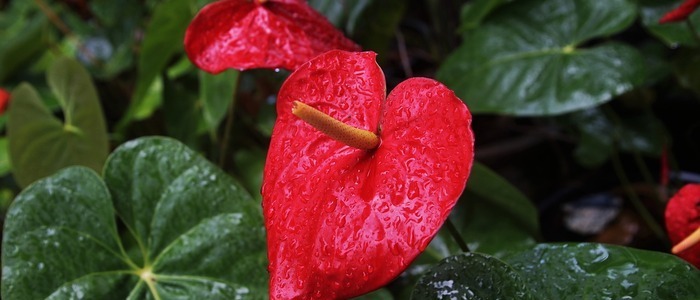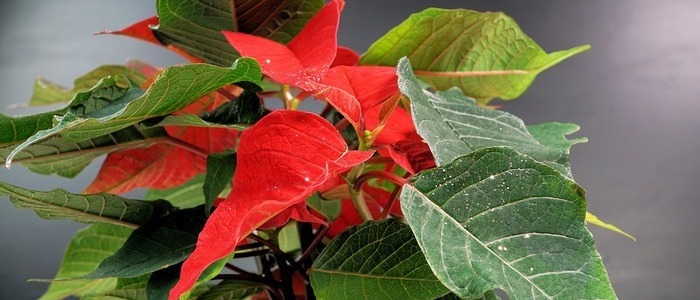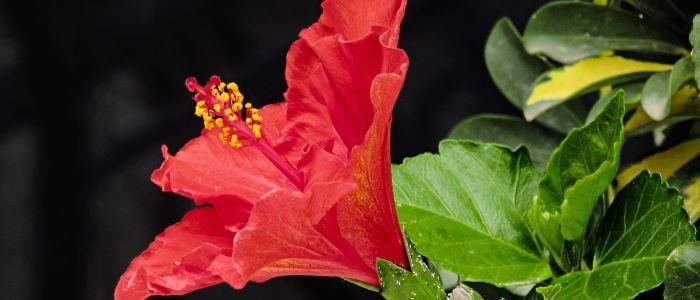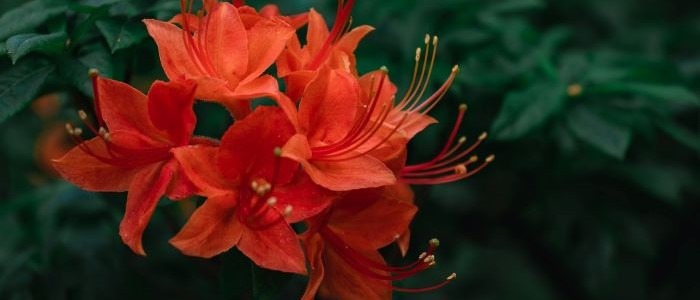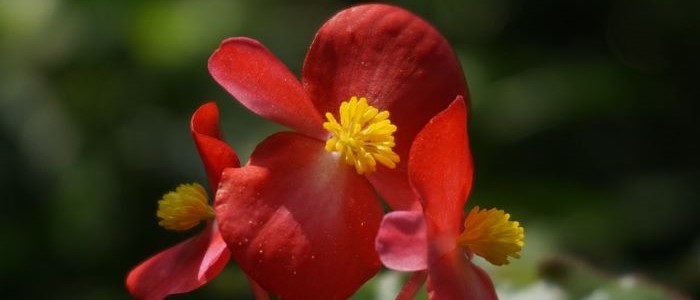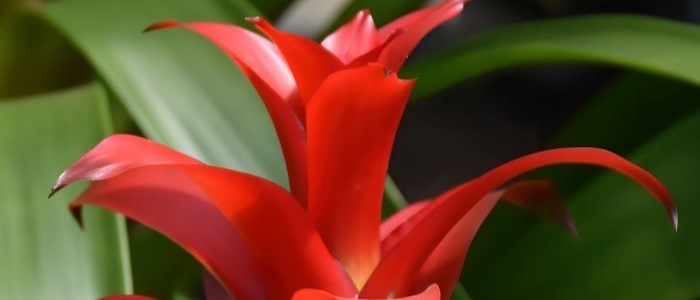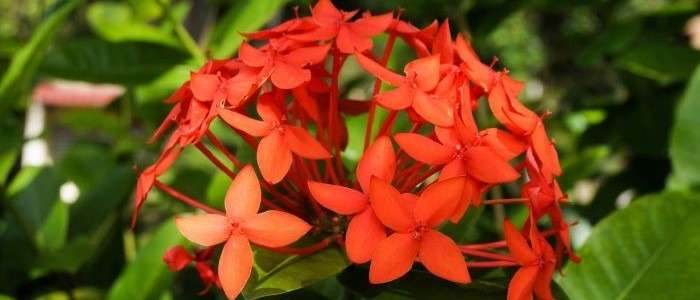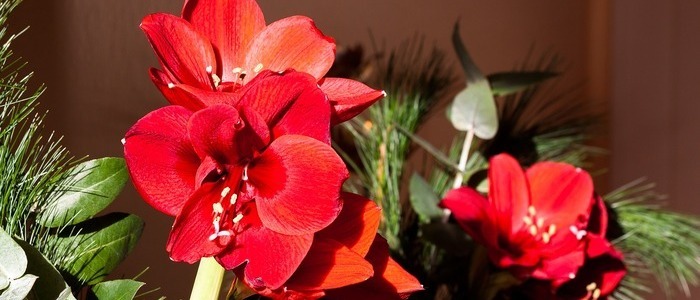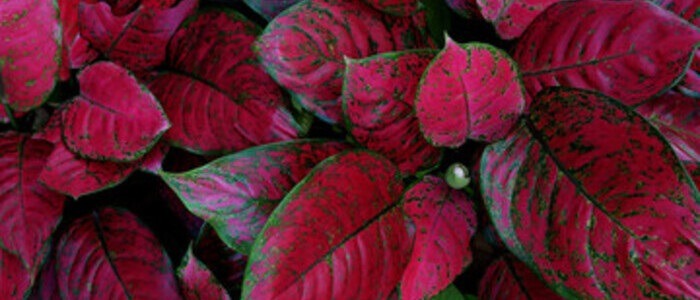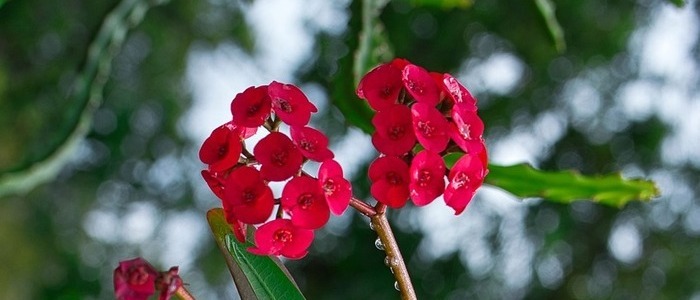Choosing red geraniums for your home is an important task that requires some research and understanding of the different varieties available. Red geraniums come in a range of shapes, sizes, and colors, meaning there’s something to suit everyone’s tastes. Before you start your search, it is important to consider the climate and growing conditions you have available. This will help you narrow down the right variety for your space.
When selecting a variety of red geraniums, you should also think about budget and time constraints. If you are short on time or funds, then purchasing established plants may be the best option for you. However, if you have more time and resources to invest in your garden, sowing seeds can be a great way to save money and create a unique garden design.
Once you have chosen the right variety of red geraniums for your space, it is essential to select healthy plants that are free from disease or pests. Inspect each plant before taking them home to ensure they look healthy and vigorous – this will give them the best chance at thriving in their new environment.
Finally, before planting any red geraniums it is essential to check the soil pH level first. Red geraniums prefer soil with a pH level between 5-7; if the pH level of your soil falls outside these levels then extra measures may need to be taken such as adding fertilizer or lime in order to balance out the pH levels.
Choosing red geraniums doesn’t need to be complicated – with some research and careful consideration of climate conditions along with cost and time constraints, you can find beautiful varieties that will thrive in your garden!
Red Geraniums Frequently Asked Questions
How often should I water my red Geraniums?
The frequency of watering red Geraniums depends on factors such as the climate, soil type, and pot size. Generally, it is recommended to water them when the top inch of soil feels dry to the touch. In hot and dry climates, watering them every 2-3 days might be necessary, while in cooler and more humid environments, watering once a week may be sufficient
What are the light requirements for Geraniums?
Geraniums thrive in full sun to partial shade, so it is important to provide them with at least 6-8 hours of direct sunlight each day. However, they can also tolerate some shade, especially in hotter climates where too much direct sun can scorch their leaves. It is important to find a balance and adjust the amount of sunlight based on the specific needs of your geraniums.
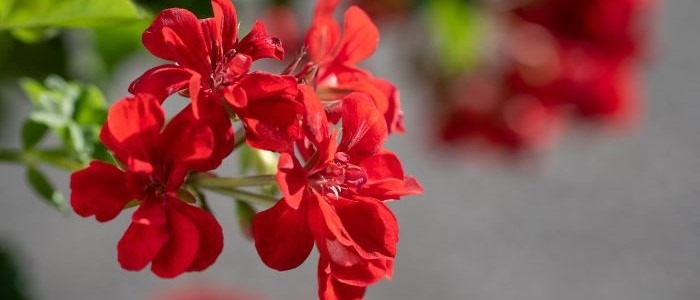
Planting and Caring for Red Geraniums
When it comes to nurturing beautiful red geraniums, location is key! Choose an area that receives plenty of sunshine each day and make sure soil has good drainage and is nutrient-rich. You can use a soil testing kit or have a sample tested at your local garden center to ensure the pH level is optimal for your geraniums.
Next, establish a regular watering schedule – about once every two weeks when there’s no rain in sight. Keep in mind that while these plants need water to survive, overwatering can lead to root rot which could be deadly! Feed them an all-purpose fertilizer monthly during the growing season for optimum health and vibrant blooms come springtime.
Be vigilant against pests and diseases as well – inspect your plants regularly for signs such as discolored leaves or wilting stems. Having protocols in place early on will help you keep any potential problems under control before they become too severe. With consistent care and attention, you’ll enjoy gorgeous blooms from your red geraniums for many years!
Incorporating Red Geraniums Into Landscapes
Incorporating red geraniums into your landscape is a great way to add a pop of color and texture. There are a few considerations to take into account when deciding the best location for them in your garden or yard. Firstly, they do best in sunny or partially shaded spots, so keep this in mind before planting them. Secondly, it’s important to use soil that is well-draining and has a neutral pH level between 6-7 – you can adjust the soil pH with fertilizers if necessary.
When watering and fertilizing red geraniums, an all-purpose fertilizer should be used every two weeks during the growing season. Water frequency will depend on whether you live in a hot or cold climate – generally speaking they should be watered regularly but not excessively during periods of dry weather.
Red geraniums look beautiful when planted in beds, containers, or hanging baskets – make sure any planters used have adequate drainage holes and choose locations that get at least six hours of sunlight per day if possible. Additionally, consider planting different varieties together for added visual interest!
Finally, there are many resources available online that offer more detailed advice on how to grow and care for these vibrant plants successfully including pruning techniques, controlling pests and diseases as well as tips on over-wintering them indoors during colder months. With some careful planning and attention you can create lush gardens with stunning red blooms!
How to Propagate Red Geraniums
Propagating red geraniums is a relatively easy process that can result in a beautiful and diverse collection. The most important thing is to start with a healthy, mature plant. To begin propagating the plant, use a sharp, clean knife to take cuttings or divide the root system into separate parts. Put the cuttings into moist potting mix and water them frequently while keeping them in indirect sunlight.
The roots of the new plants should develop within two weeks. Once they have grown to about an inch long, you can transplant each cutting or division into its own container or directly into your garden. Make sure to give them ample room to grow and make sure there are no pests present before planting them out in your garden.
Propagating red geraniums is an enjoyable way to increase your collection of these vibrant plants without having to purchase new ones constantly. With proper care and attention, you can enjoy their beauty for many years to come! If you need more information on propagating red geraniums or caring for them once they’re planted, there are many resources available online.
Common pests and Diseases of Red Geraniums
Red geraniums are lovely plants that can add a splash of color to any landscape. However, they are susceptible to a range of pests and diseases if not properly cared for. In this section, we’ll discuss the most common pests and diseases affecting red geraniums and how to prevent them.
One of the most common pests that affect red geraniums is aphids. These small insects feed on plant sap, causing leaves to yellow and become distorted. They also secrete honeydew, which can attract other pests such as ants. To control aphids, use insecticidal soap or neem oil sprays, or introduce beneficial insects such as ladybugs into your garden.
Thrips are another pest that can cause damage to red geraniums if left unchecked. These tiny winged insects suck plant sap from leaves, causing them to become discolored and distorted in appearance. To manage thrips infestations, use sticky traps or insecticidal soaps and oils.
Spider mites are another pest that can cause damage to red geraniums by feeding on their sap. The telltale sign of a spider mite infestation is small webs around stems and leaves of the plant, as well as yellowing or stippling on foliage. To control spider mites, spray the plant with an insecticidal soap or oil solution every few days until the population has been eliminated.
Downy mildew is a fungal disease that affects red geraniums when environmental conditions are too humid for long periods of time. Symptoms include white spots on leaves followed by yellowing and eventually browning patches all over the foliage of the plant. To prevent downy mildew from infecting your plants, water in the morning rather than at night, avoid overhead watering whenever possible, and provide adequate air circulation around your plants by thinning out overcrowded areas in your garden beds or containers if necessary..
Fungal leaf spots also cause damage to red geraniums when environmental conditions are too humid for extended periods of time combined with poor air circulation around the plants’ foliage due to overcrowding in garden beds or containers. Fungal leaf spots appear as circular lesions on leaves with reddish-brown edges surrounded by light tan centers – often referred to as “frog eye” spots because they resemble frog eyes! To prevent fungal leaf spots from occurring in your garden beds or containers, ensure there is adequate air circulation between plants by thinning out overcrowded areas if necessary. Additionally, avoid overhead watering whenever possible.
Powdery mildew is another fungal disease that affects red geraniums when temperatures are cool but humidity levels remain high. It appears as white patches resembling flour dust on upper surfaces of foliage. To prevent powdery mildew from infecting your plants, water only at soil level in order to keep moisture off their foliage, provide adequate air circulation between plants via thinning out overcrowded areas if necessary, and do not crowd multiple varieties together within one container.
Root rot can be caused by overwatering or planting in soils with poor drainage – symptoms include wilting stems accompanied by yellowish-brown discoloration near roots. To help prevent root rot, make sure you properly inspect soil pH levels before planting red geraniums into any beds or containers, water only at soil level ( never directly onto foliage ), provide plenty of airflow through garden beds / containers via thinning out overly crowded areas if necessary, and be careful not to overwater. Keeping these simple tips in mind will help ensure success when it comes time for you to care for your beloved red geraniums!
Conclusion
In conclusion, red geraniums are a stunning and vibrant addition to any landscape. With the right care and attention, they can thrive for many years. It is important to research different varieties before making a selection, taking into account climate and growing conditions. When planting red geraniums, it is essential to provide them with well-draining soil in a sunny or partially shaded spot. Additionally, it’s important to be vigilant against pests and diseases by regularly inspecting plants for signs of trouble.
Aside from being visually appealing, red geraniums can also be propagated easily with the help of cuttings or dividing the root system. Additionally, common pests and diseases of red geraniums can be prevented by using insecticidal soaps and oils, providing adequate air circulation, avoiding overhead watering, and checking soil pH levels.
We hope this blog post has provided some useful information on how to grow and care for red geraniums! We encourage readers to experiment with different varieties in their own home as well as read up on additional resources for further information. Thank you for taking the time to read this post!
Other Red House Plants
